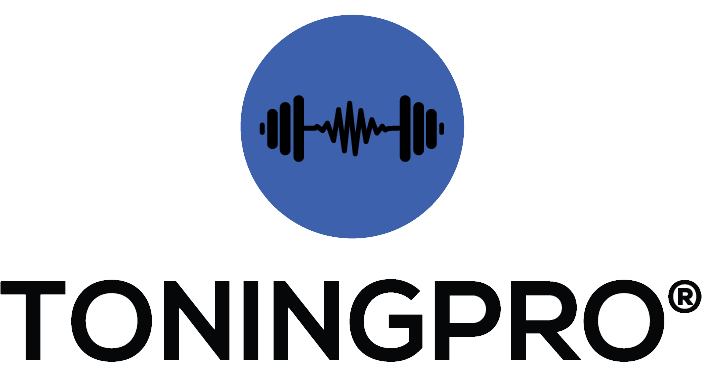
EMS Training Side Effects and Benefits: Train Smarter with Electrical Muscle Stimulation
EMS Training Side Effects and Benefits: What You Need to Know Before You Start
Electrical Muscle Stimulation (EMS) is gaining popularity as a powerful tool to complement your fitness routine. Whether you're short on time, looking to level up your training, or simply want to target muscles more efficiently, EMS offers a convenient and science-backed solution. But while EMS has its upsides, it’s important to also be aware of the potential risks when used incorrectly or excessively.
Let’s break down the key benefits and the potential side effects of EMS training, so you can train smarter, not harder.
💪 What Is EMS and How Does It Work?
EMS (Electrical Muscle Stimulation) uses electrical impulses to contract your muscles. These impulses mimic the signals your brain sends naturally, causing your muscles to contract even without lifting a weight. EMS devices can be used for strengthening, toning, recovery, or rehabilitation, and are often worn on areas like the abs, glutes, arms, or legs.
✅ Benefits of Adding EMS to Your Weekly Workout Routine
-
Boosts Muscle Activation
EMS can stimulate deeper muscle fibers that are often hard to target with traditional training, helping you build strength and tone more effectively. -
Saves Time
A 20-minute EMS session can deliver similar benefits to a 60-90 minute traditional workout, making it a great option for busy schedules. -
Supports Recovery
Low-intensity EMS can help reduce soreness, increase blood flow, and assist with muscle recovery between workouts. -
Improves Muscle Imbalance
EMS can help engage weaker muscle groups, improving posture and function, especially beneficial for rehabilitation or injury prevention. -
Enhances Core Strength and Definition
For those focusing on abs or glutes, EMS provides targeted stimulation that supports better tone and activation in these areas.
⚠️ Potential Downsides of Overusing EMS
Like any tool, EMS is most effective when used correctly, and overusing it can lead to unwanted side effects. Here’s what to watch out for:
-
Muscle Overstimulation
Using EMS too frequently or at too high an intensity can lead to fatigue, cramping, or even muscle strain. Just like traditional training, your muscles need rest. -
Delayed Onset Muscle Soreness (DOMS)
EMS can cause intense muscle contractions, which might lead to soreness, especially if you’re just starting out or increasing your intensity too quickly. -
Skin Irritation
Some users may experience mild irritation or redness under the electrode pads, particularly with prolonged use or poor-quality gels. -
Not a Shortcut to Fitness
While EMS can enhance your results, it's not a magic fix. It should be paired with a healthy lifestyle, proper nutrition, and regular movement for long-term success.

🧠 Final Thoughts: Train Smart with EMS
EMS is a powerful addition to your fitness routine when used thoughtfully and in moderation. The key is to treat it like any other form of training: follow a structured plan, listen to your body, and don’t skip rest and recovery.
If you’re new to EMS, start with low-intensity sessions 1–2 times a week, and gradually build up based on your goals and how your body responds. Whether you're looking to tone, recover, or break through a plateau, EMS can help you get there, without the burnout.
